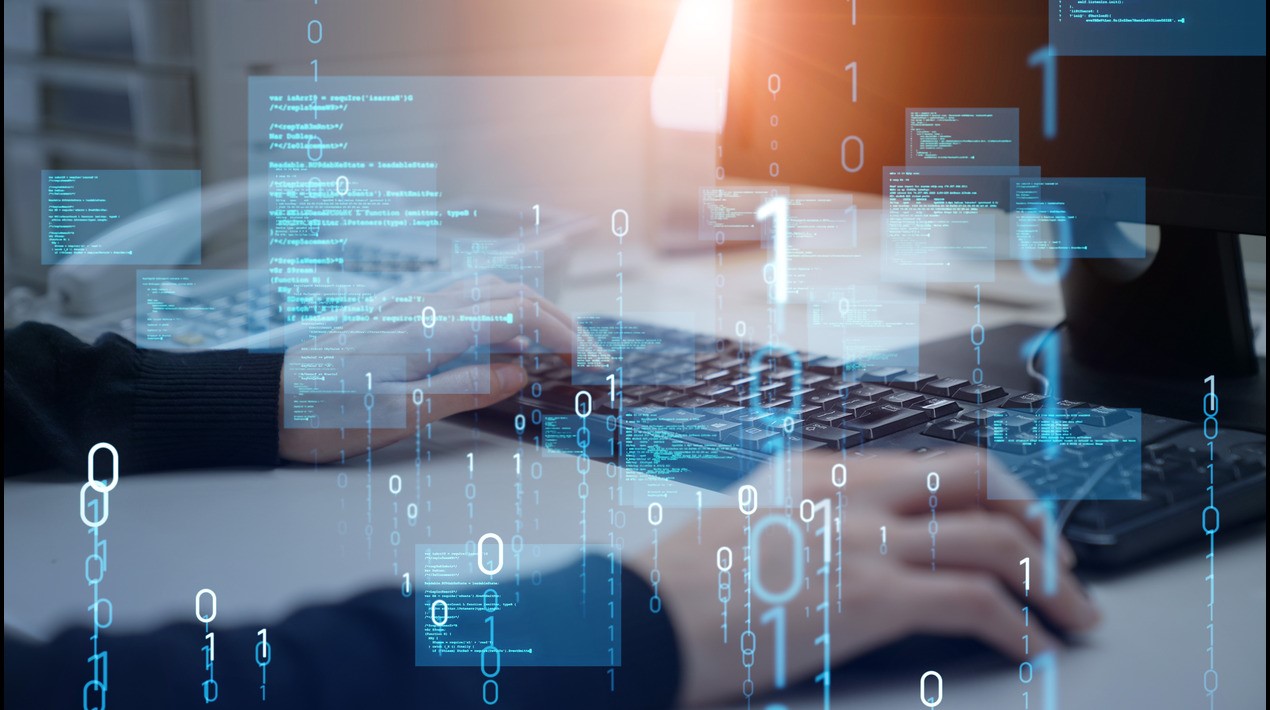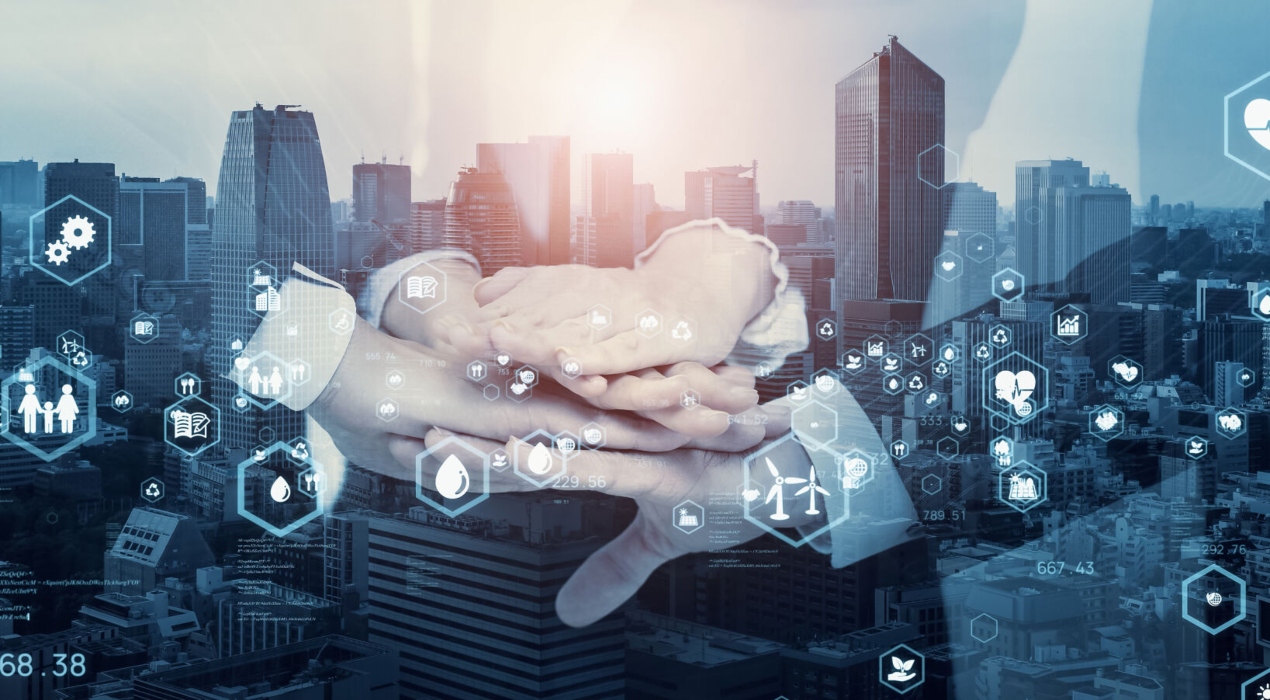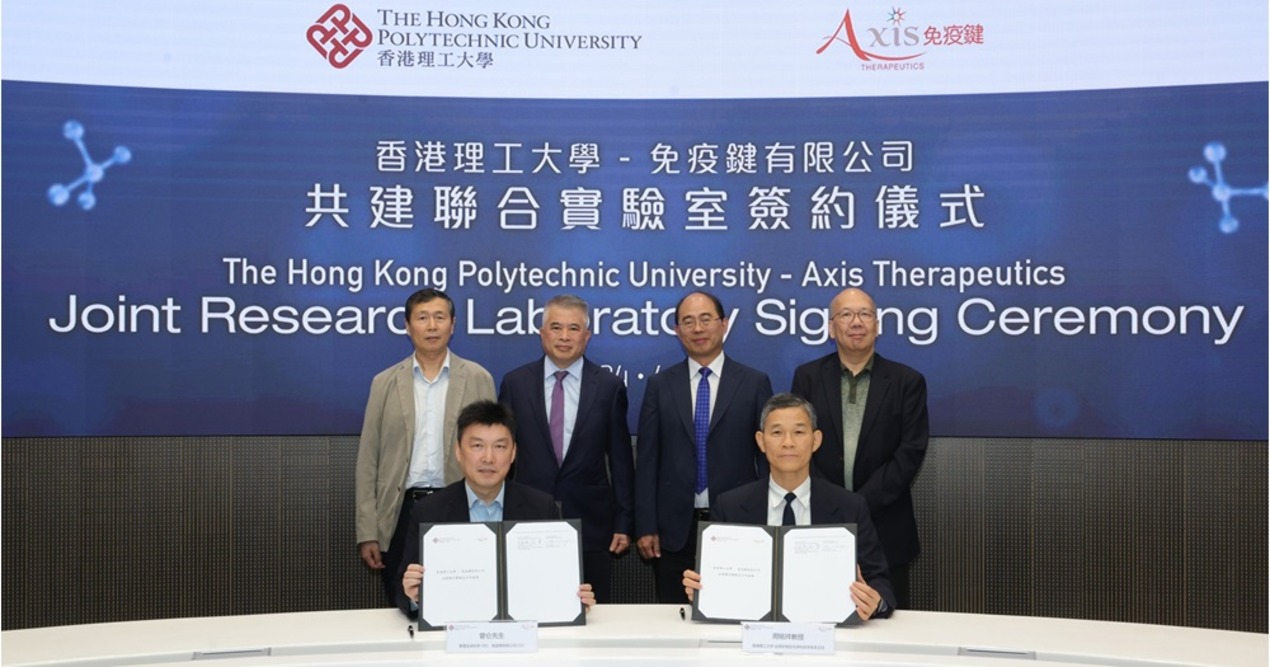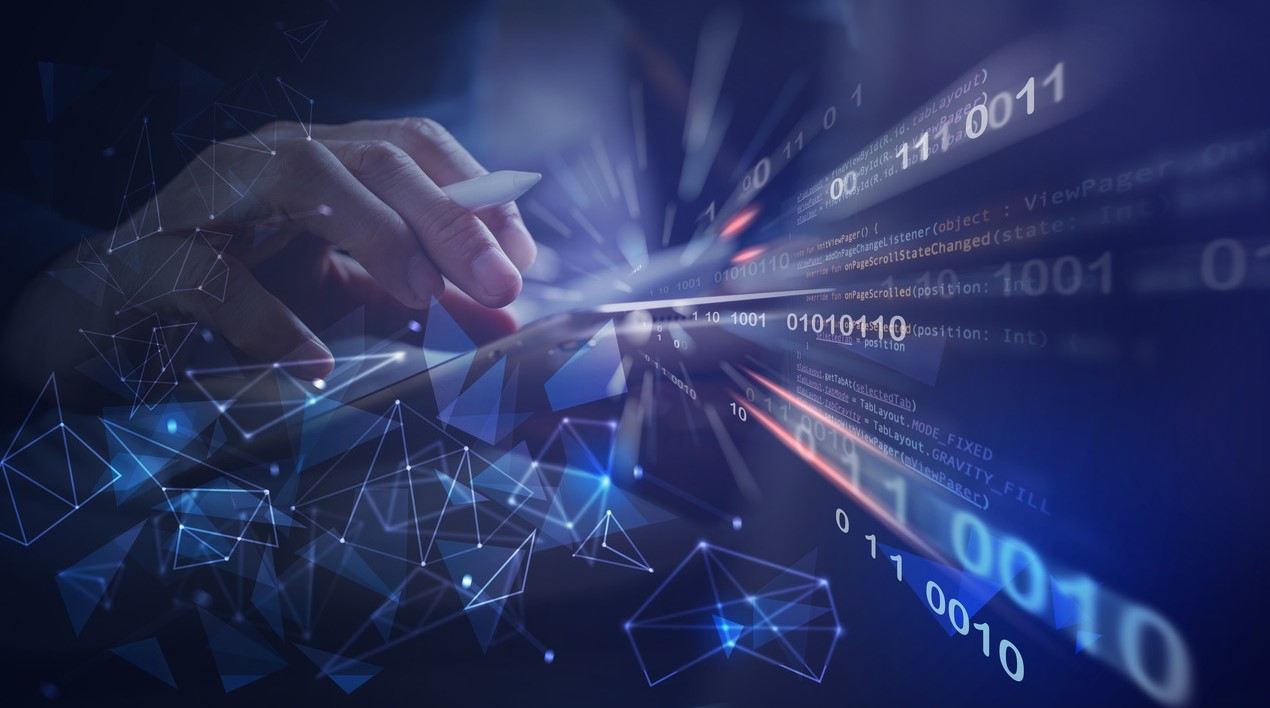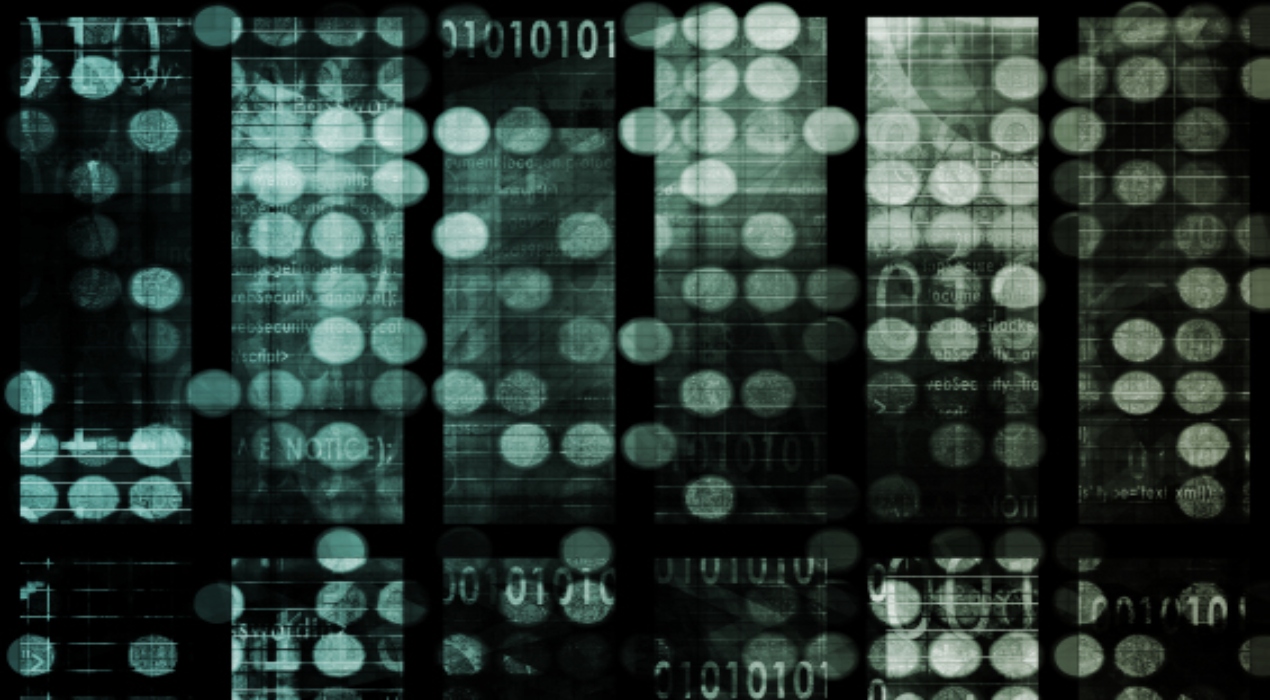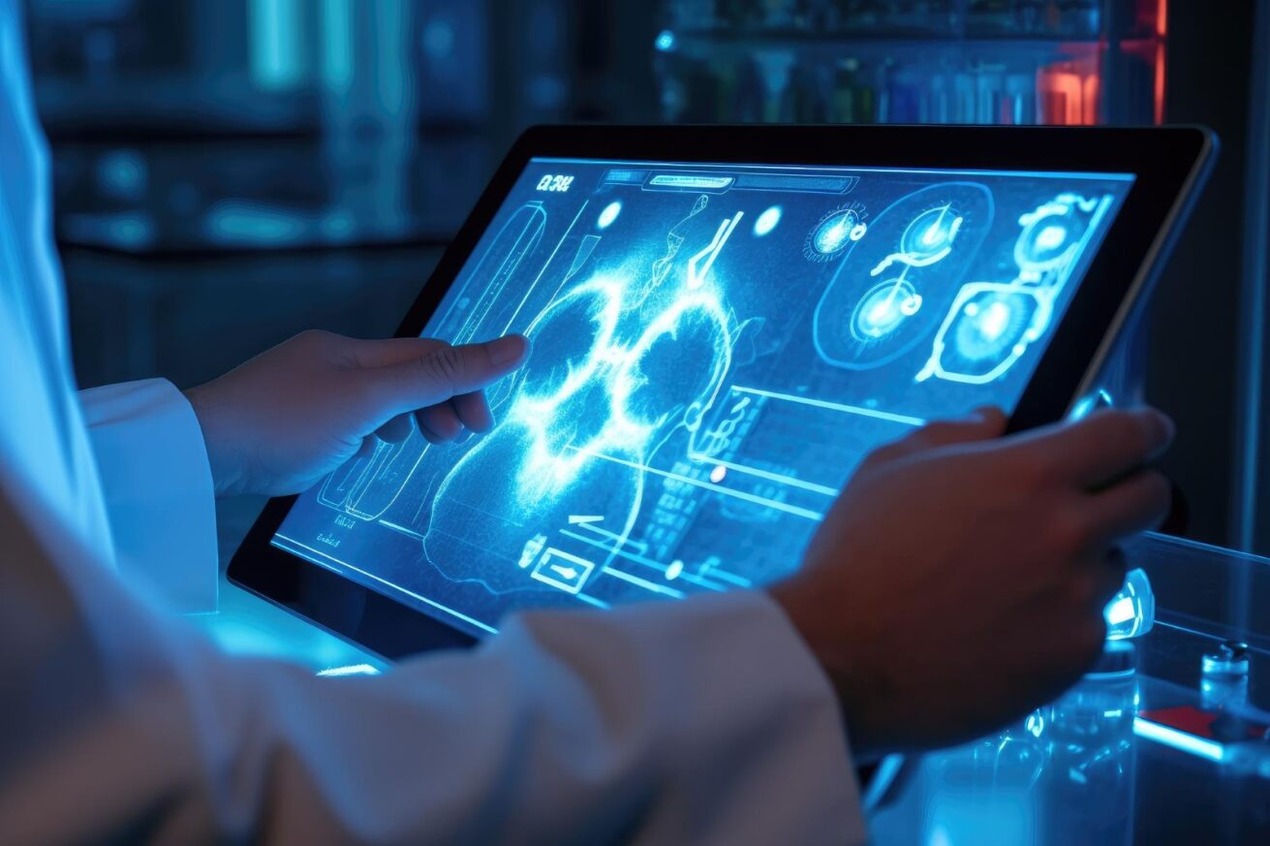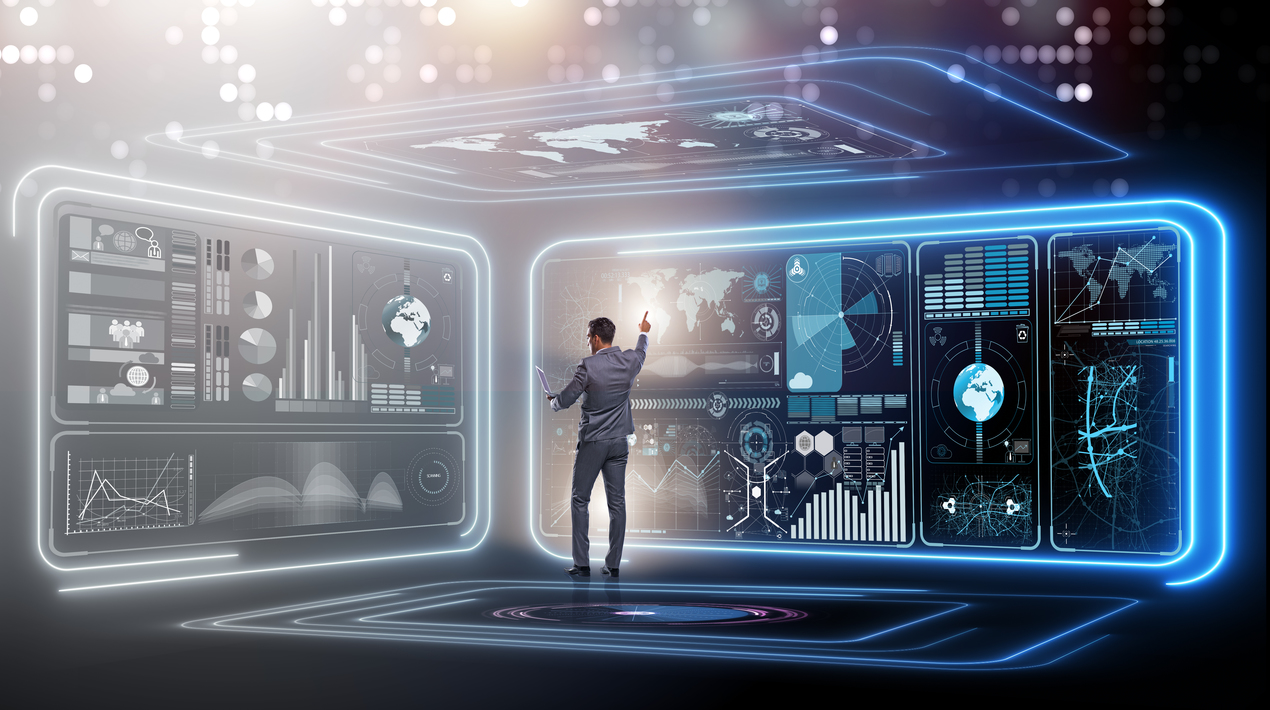
Data, technology and Customer Experience (CX) are among the trends shaping the future of local governments, a new report shows. “The Future of Local Government” report states that because the public interacts with local governments the most, those agencies are best poised to make a for constituents and businesses.
The report states that game-changing technology will be central to forging local government organisations that are digitally enabled, data-driven and effectively serving the remarkably diverse array of stakeholders they serve across their localities and communities.
Technology, smart data use and emerging automation can transform local authorities organisation-wide to fully integrated front, middle and back offices and transform core processes and workforces, enhancing self-service accessibility, response times, performance and operational efficiency.
Using data to drive decision- and policymaking is becoming increasingly crucial. Historically, government data has been stored across an array of sources, databases, systems and departments; one in four local officials surveyed by Forrester Consulting said public datasets housed in multiple databases and lines of business systems are a significant obstacle to executing new customer-focused strategies. Bringing disparate data sources together to tap into the immense power of analytics and data-based business insights will play a critical role in reshaping local government for a new era
More important than just unifying data, however, is protecting it. Local officials working toward a digital customer-centric service model must establish a trusted identity management ecosystem. Smart data integration and secure management of trusted digital identities is key to enabling governments to serve their communities and stakeholders.
The adoption of modern technologies is another trend, and it relates back to data. About 76% of survey respondents said their organisation has a good or excellent data and analytics strategy, while 65% said their agency is good or excellent with data governance, but only 38% said their organisation is good or excellent at data collection, enrichment and transfer. Data factors into another trend: CX in general and personalised services in particular. About 51% of respondents believe their CX meets expectations, while 36% believe they occasionally or consistently exceed them.
Lafayette is one example of a city providing personalised CX related to services. As part of its Smart City program, it has launched a 311 portal to encourage and respond to public requests, a traffic-monitoring system to alleviate congested roadways and a blockchain application to manage maintenance and safety of the city’s vehicles.
Respondents said that the three main obstacles to executing a CX strategy are data privacy and security (36%), the lack of qualified workers (33%) and a lack of real-time understanding of demand across channels and programs (31%). Almost half (48%) said they plan to somewhat or significantly increase their investment in digitally-enabled technology architecture, and 54% will invest in insight-driven strategies and actions.
Smart data integration and secure management of trusted digital identities, combined with newly integrated teams and processes, will play a significant role in enabling governments to serve their communities and stakeholders.
U.S. government agencies have been using data to make informed decisions in various areas as data-driven organisations deliver better outcomes, as reported by OpenGov Asia. A new report found that four out of five local government officials in the U.S. say they have improved their use of data in the past six years to drive better outcomes for residents.
Getting to more effective local government and better outcomes for residents requires the hard work of adopting foundational data practices, developing data skills across a broad swath of city staff, and putting in place critical data infrastructure.




